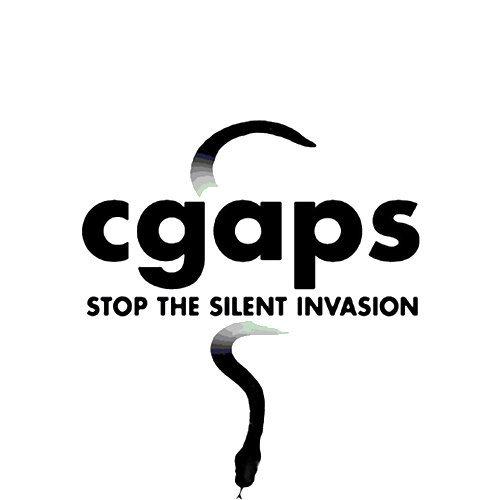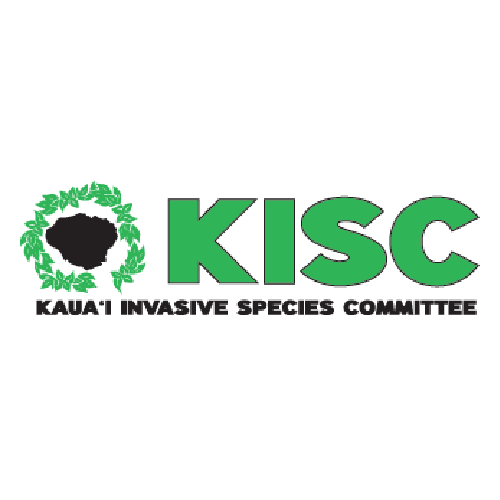Family: Iridaceae
Crocosmia × crocosmiiflora (montbreia, autumn gold) is a perennial herb first bred in France in 1880. It is a garden hybrid of C. aurea and C. pottsii. It is commonly cultivated as an ornamental garden plant. Crocosmia × crocosmiiflora is deemed an invasive plant in the United Kingdom, California, the Isle of Man and New Zealand. The New Zealand Department of Conservation classifies it as an environmental weed. It has naturalized on Kauaʻi, Oʻahu, Molokai, Maui and Hawaiʻi Island. Notably, its ability to grow underground through corms allows it to grow in dense patches, posing a threat to native species.
High Risk Traits:
- Thrives and spreads in regions with temperate to tropical climates
- Naturalized on Kauai, Oahu, Molokai, Maui and Hawaii (Hawaiian Islands) and widely naturalized elsewhere
- An environmental weed in Australia, New Zealand, and certain natural areas in the Hawaiian Islands
- Tolerant of deer and rabbits (may be unpalatable)
- May be toxic to pets if ingested
- Shade tolerant
- Tolerates many soil types
- Forms dense cover that excludes other vegetation
- Geophyte
- Reproduces by seeds (rarely, if ever, in Hawaii) and vegetatively by corms and stolons
- Corms and seeds (rarely) dispersed by water, machinery, contaminated soil or dumped garden waste
- Fire-resistant and regrows after cutting
Low Risk Traits:
- Unarmed (no spines, thorns, or burrs)
- Limited or absent seed production may limit long-distance dispersal
- Herbicides may provide effective control




